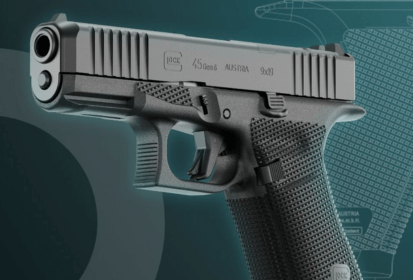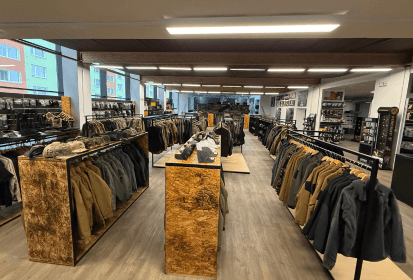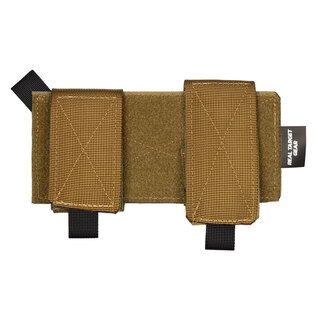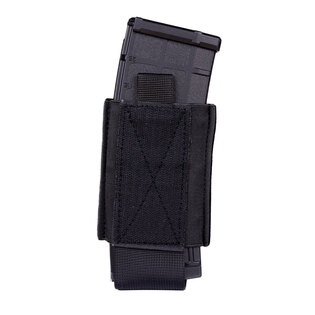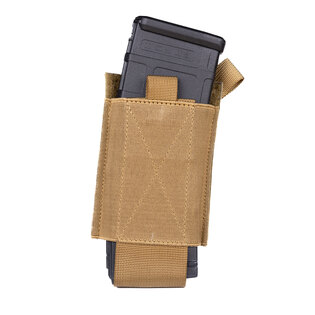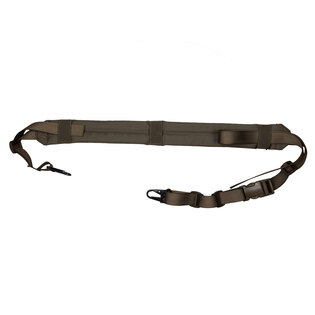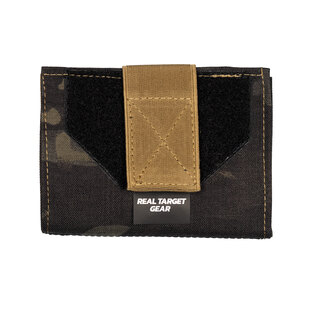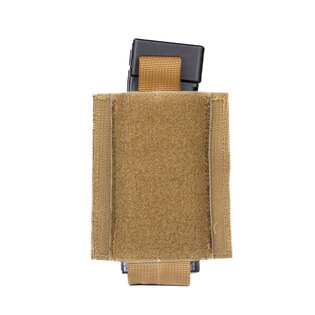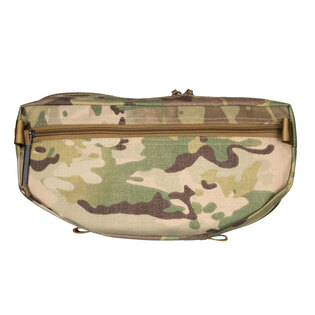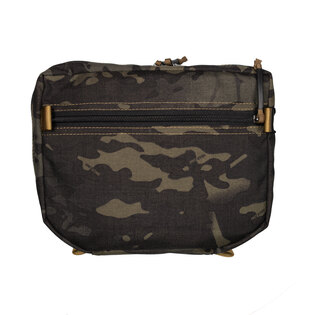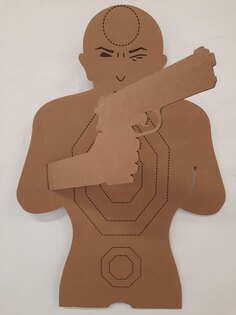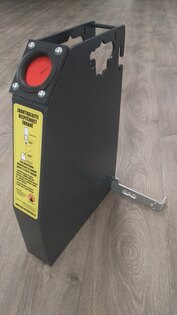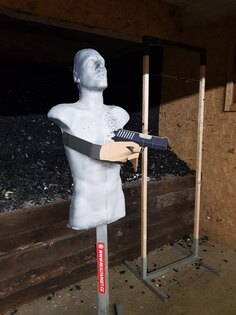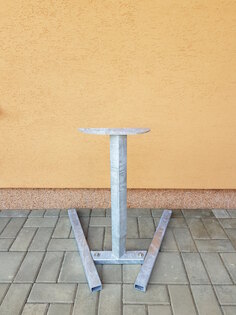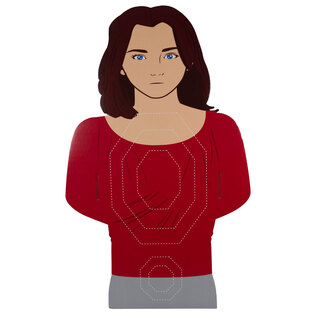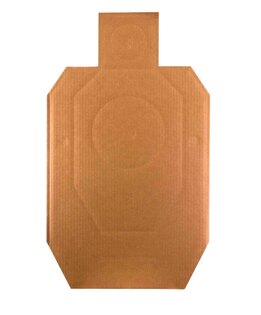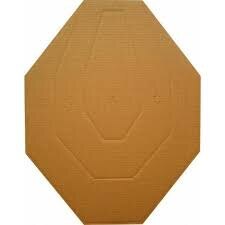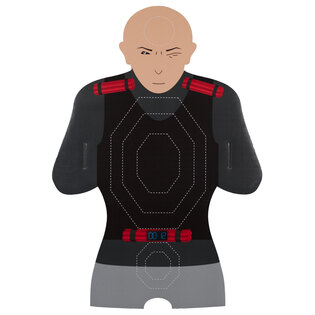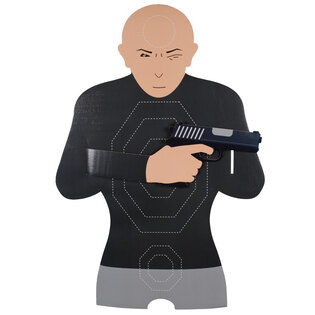Why to shoot with both eyes open
Do you keep both eyes open during shooting practice, or is this new to you? This technique is important when training for shooting, especially for self-defense. And we will immediately tell the reason and start practicing. Maybe it will break your old habits and ideas a little, but it will definitely be worth it.
One important thing your shooting instructor may not have told you is that once you put your marksmanship skills into practice in self-defense, you will never aim with one eye closed and the other eye on the front sight of the gun. The moment when someone attacks you and you have to defend yourself is highly stressful.
And what is a normal physiological response when you are scared and stressed? In addition to a higher heart rate and excessive sweating, it's also wide-open eyes. And when your eyes are wide open, you can't make good use of your normal shooting habits from the range. At that moment, you won't even remember closing one eye and aiming with your eyes focused on the front sight.
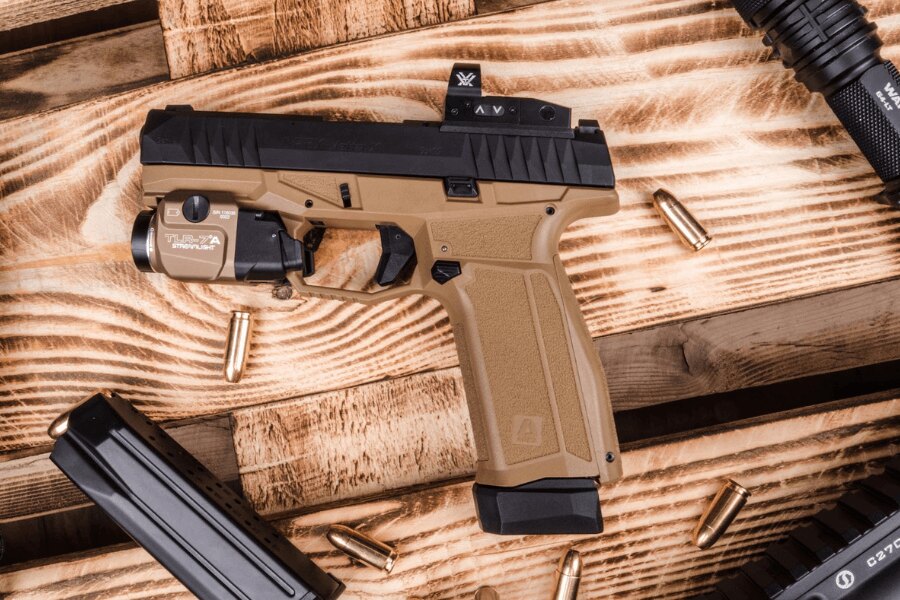
Practicing shooting with both eyes open is important, for example, for practicing self-defense shooting.
Dominant eye
When shooting with both eyes open, you need to determine in advance which eye is your dominant. Each of us has a dominant eye. And surprisingly, this dominant eye may not even be on the same side of the body as the dominant hand. If your dominant hand and eye are on the same side, you are half won. If this is not the case, it is called "cross-dominance". But even that can be worked with.
In case of cross-dominance, you need to practice dominance correction. Cross dominance is easy to recognize - when shooting at a target, your shots "slip" to one side or the other. But you can also recognize it in another way. You probably know your dominant hand. You can recognize the dominant eye by stretching your hands in front of you and bringing them together so that you can look and focus through the little window or peephole between your thumbs and forefingers, about the size of a five-crown. Then ask someone to stand directly in front of you and tell you which of your eyes they can see through this peephole. This eye is probably your dominant eye.
You can correct cross-dominance in different ways. Either use a red dot sight with your dominant eye on the target and the other on the red dot, or learn to shoot with your non-dominant hand. With a long gun retraining is fairly simple, with a pistol you have to remember to always move the gun slightly towards the dominant eye when aiming. However, the variant with the red dot sight is not so practical, because you will not always have the red dot sight available in sharp action.
If you are left-handed, then you are probably used to adapting to the "right-handed world". On the other hand, the concept of the dominant eye may be new to you (this time regardless of the dominant eye/hand) and you will have to adapt to it a little longer. And if you're right-handed, retraining to your non-dominant hand especially with a pistol won't be very practical, especially if you own a pistol that's geared for right-handed shooters and doesn't have ambidextrous controls.
Wider field of view
Above we have listed the main reason to shoot with both eyes open, which takes practice, but you can learn it fairly quickly. In addition to highly stressful situations, it is good to have both eyes open because even the non-dominant eye can expand our field of vision. And in addition, the moment we close one eye, we begin to perceive light differently, and the eye that remains open will have to adapt to it.
A narrow field of vision can mean tunnel vision. In a sharp situation, you may miss important details at the edges of the field of view. The opposite of tunnel vision is peripheral vision. This is more practical when shooting, but perhaps also when driving. That's why in winter, the police check so much whether you have scratched the entire windshield of your car before driving or whether you are "driving a tank".
If you only have one eye open, you will not be able to judge the distance. This is a problem when shooting at the shooting range, in self-defense, but also when hunting. But especially anytime when shooting at a moving target.
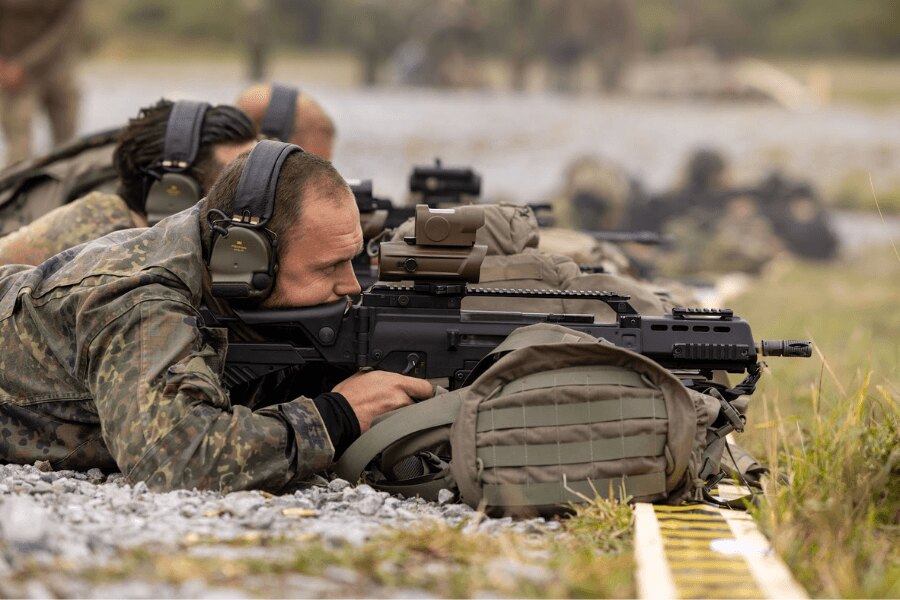
In addition to highly stressful situations, it is good to have both eyes open because even the non-dominant eye can expand our field of vision.
How to shoot with both eyes open?
So how do you practice shooting with both eyes wide open? Start with the so-called dry shooting. That means by firing a gun without cartridges. Shooting without closing one eye can be a completely new maneuver for you, and it is better to practice such a maneuver in draft.
Then, with an unloaded weapon (it doesn't really matter if it's a pistol or a rifle), try targeting the target with both eyes open. Ideally, have at least two targets, each of a different size and each placed at a different distance. You don't necessarily have to train these practices at the shooting range, but feel free to practice them at home in the garden. And the targets don't necessarily have to be paper targets, but trees, for example. It's more about learning to focus quickly than shooting itself.
As we have already said, you will focus on the target with the dominant eye and the red dot or the center of the riflescope outline with the other. The next step after training with an unloaded weapon can be a test with training (dummy) ammunition.
Disadvantages of shooting with both eyes
However, shooting with both eyes open has its disadvantages. If you have never used this procedure, it will probably be difficult for you to learn. One of the disadvantages is the rather long training. In short, when shooting, your body's natural reaction may be to automatically close one of your eyes while looking directly through the front sight, reflex sight, or rifle scope with the other. Focusing our eyes directly on the target just doesn't come naturally to most of us.
Another problem can be that you can be easily distracted by your surroundings. We're not saying that shooting with both eyes open requires the composure of a Zen master, but many of us will simply need to practice concentration as well. Otherwise, the probability that a moving target will run away from us (in the case of hunting) or attack first (in the case of self-defense) increases.
In conclusion
Maybe you don't use your gun for self-defense or hunting, and for sport shooting you find it more practical to aim with one eye. But when aiming at a moving target, focusing with both eyes, which we have described above, is an important skill. Regardless of whether you are currently in danger or not. So whatever purpose you use your weapon for, we recommend learning to shoot with both eyes open. If you don't know how to do it, try contacting a shooting trainer in your area who might have experience with it.
Readers are further interested
